Tulip Tree (Liriodendron tulipifera)
Exploring the many gifts offered by Tulip Trees the in the context of Food Forest Design. This is Installment #7 of the Stacking Functions in the Garden, Food Forest and Medicine Cabinet series.
Liriodendron tulipifera—known as the tulip tree, American tulip tree, tulipwood, tuliptree, tulip poplar, whitewood, fiddletree, lynn-tree, hickory-poplar, and yellow-poplar—is the North American representative of the two-species genus Liriodendron (the other member is Liriodendron chinense), and the tallest eastern hardwood. It is native to eastern North America from Southern Ontario and southern Quebec to Illinois eastward to southwestern Massachusetts and Rhode Island, and south to central Florida and Louisiana.
It can grow to more than 50 m (160 ft) in virgin cove forests of the Appalachian Mountains, often with no limbs until it reaches 25–30 m (80–100 ft) in height, which unfortunately, made it seen as a very valuable timber tree (resulting in the decimation of the old growth trees of this species here In Ontario and elsewhere).
The tallest individual at the present time is one called the Fork Ridge Tulip Tree at a secret location in the Great Smoky Mountains of North Carolina. Repeated measurements by laser and tape-drop have shown it to be 191 feet 10 inches (58.47 m) in height. This is the tallest known individual tree in eastern North America.
Native bees and Honey bees alike are big fans of tulip poplar trees due to their boundless nectar production. When the trees begin to bloom at around twelve years of age, the large green/yellow/orange tulip-shaped flowers contain a tablespoon of nectar and a great deal of nutritious pollen. This makes them the “go to" blossom for veteran foraging bees in the spring. Honey bees will bypass other flowers to load up on the tulip blossom’s bounty. We all know bees are one of the most efficient creatures on earth so their preference to forage on this tree says a lot.
Why spend time visiting dozens of minor blooms when you can fill up your honey stomach in one visit to the tulip tree flower?
Tulip tree honey is valued for the same reasons that bees value it - the mineral rich flavor highlighted by the deep red color. The red color is an expression of the high antioxidant content in honey made by bees that forage on Tulip Tree blossoms.
Such is but one of the many blessings this tree offer to our human and more than human family.
The tree has a large range throughout the Mid-Atlantic states and upper Midwest (New York, Pennsylvania, Michigan, Ohio, Indiana) and across the south, stretching along the coast and to the Mississippi (Kentucky, Alabama, Georgia, Tennessee, the Carolinas) and into Florida.
The Tulip tree is known by many names–here in Ontario we use the term “Tulip”.
Whatever your name for this tree–let’s spend some time today getting to know the ecology, history and medicinal properties of this wonderful tree. The magnificent tulip trees throughout North America have much to teach us, if only we listen.
Despite the fact that they are commonly called a poplar, tulip trees are in the magnolia family, and thus, share some qualities with other magnolias, including the large leaves and showy flowers. The Tulip tree is characterized by an extremely tall and straight growth habit and is one of the largest trees on Turtle Island (aka North America.)
The base of the trunks often flare out and then meet the tall-growing trunk—this is why they are called “fiddle tree” as their root base and trunk can appear to look like a fiddle from the distance.
Family: Magnoliaceae
Part used for medicine/food: The leaves, bark and roots.
The root is used as a lemon-like flavouring in spruce beer, where it also serves to correct the bitterness of the beer. The bark of the root and branches have a pleasant rather pungent scent (somewhat reminiscent of eucalyptus, citris and mint) .
Constituents: tulipinolide, epitulipinolide, tulipiferine, asimilobine , norushinsunine, norglaucine, liriodenine, anonaine, oxoglaucine, peroxyferolide and lipiferolide
Medicinal actions: Antioxidant, Antiparasitic/antiplasmodial, Anthelmintic, Aphrodisiac, Cardiac, Diuretic, Nervine, Poultice, Tonic and Anticancer (Anti-proliferative and especially Anti-Melanogenic) Constituents.
Pharmacology:
Alkaloid compounds present in from L. tulipifera roots, twigs and bark, can be used to make a tincture with potent antioxidant activity, tyrosinase inhibition, encouraging adult stem cell proliferation, migration/differentiation and the modulation of intracellular ROS.
Tulipiferamide A inhibits NF-κB activation by selectively targeting IKKβ, an upstream kinase of NF-κB, resulting in the suppression of inflammatory mediators, including iNOS, COX-2, IL-1β, TNFα, and IL-6. Tulipiferamide A mitigates inflammatory diseases.
Liriodenine and Norglaucine significantly inhibit the proliferation of melanoma cells. Wound healing results indicate that liriodenine and norglaucine exert anti-migration potential.
The bark contains 'tulipiferine', which is said to exert powerful effects on the heart and nervous system.
Cold Hardiness: 4-9
Native Range: Eastern N. America - Nova Scotia to Florida.
Growth Form:
It's a fast-growing, deciduous tree with a pyramidal habit when young, becoming oval-rounded with age, usually growing as a single, dominant leader.
Reproduction:
Liriodendron tulipifera (tulip tree) have both male (pollen producing) stamens as well as female (pollen receiving) pistils, they are classified as perfect flowers.
Bees, Beetles, wasps and other winged insects are the typical pollinators of this species.
Habitat and Ecological Niche:
Flowering and Pollination:
The tulip tree is considered a “mid succession” tree from an ecological perspective. They are shade intolerant, so they grow fast and usually come into dominance 50-150 years after a forest regrows. As the climax species take over (hardwood nut trees: oaks, hickories, etc.), they will decline. Thus, you can use Tulip to help read the age of a forest and have a sense of a forest’s history.
The flowering period for each tree varies from 2 to 6 weeks depending on the size and age of the tree and number of flowers per tree. Pollination must occur soon after the flowers open while the stigmas are light colored and succulent; brown stigmas are no longer receptive to pollen.
Health Benefits of Tulip Trees:
Medicine
Tulip Tree’s inner bark and leaves were used medicinally by the Cherokee and settlers in Appalachia for treating…
Poultice from leaves for inflammation and sores.
Inner bark tea for periodic fevers, diarrhea, pinworms, as a digestive aid and for rheumatic pain.
Supposedly, inner bark was chewed as an aphrodisiac.
The bark could also serve as a substitute for quinine in treating malaria.
Tooth aches.
Used as a tonic to induce perspiration to treat fevers.
Root bark and seeds useful as a wormer for the body.
Cough syrup from bark.
Tommie Bass on Tulip Poplar
Tommie Bass says he uses it as a tonic. he says its good for rheumatism and makes you sweat (he used the root bark). He said the tea makes you ‘eat up a storm’ and is recommended for appetite, which would make it good to use after a long illness.
Matthew Wood
Matthew Wood says that Tulip Poplar is an “old American Indian heart remedy” and it is also used after a stroke. Get Matthew’s book for more information on his experiences, as well as those of Phyllis D. Light and Darryl Patton, two great southern herbalists who both trained under the late Tommie Bass. This book is half of a two-book set and both are awesome. The Earthwise Herbal: A Complete Guide to New World Medicinal Plants *
Kelli Hughart Armes:
I use it in all my cardiac and nervous system formulas and it does work great for pelvic congestion too but I also think it is just a good general all around tonic tree. I use it for a salve externally for muscle injury. For pain I would use sweetgum and magnolia (I find magnolia stronger than TP even though some people say they are interchangeable.
Here is how Robin McGee uses Tulip Poplar:
Berry baskets, canoes, cordage. increase appetite, digestive aid, diaphoretic, tonic, anti-inflammatory good for AUTO-IMMUNE DISEASES. Not as strong as cucumber magnolia, but it works (It works better as a tonic type remedy for the inflammation, not as a pain reliever).
The flower tincture is used for arthritic pain. Abby Artemisia uses it for anxiety and insomnia as a tea or tincture of the twigs. I’ve tried a mild tea of the young twigs and have to say it has a lovely taste. Phyllis Light of Alabama also recommends it for circulation, varicose veins and heart issues.
History and Cultural Relevance of Tulip Trees:
The tulip is a very ancient tree representing older forms of tree life. The Tulip tree has an older, less evolved seed pod than other more recent trees, which also accounts for its unique flowers. We have fossils from ancient tulip trees from the upper cretaceous period (70-100 million years ago); from that fossil record, we know that it once was much more widespread but now only two species remain in the Liriodendron family: the North American Tulip Poplar tree and the Liriodendron Chinese, which grows in China and Vietnam. It is likely that many Tulips were destroyed in glaciation in the Pleistocene era.
Historically the Cherokee tribe used parts of the tulip poplar tree as medicine to treat parasitic worms, diarrhea, coughs, rheumatism, gastrointestinal distress, fever, and snake bites. Infusions made from bark were also used for poultices and used to treat fractured limbs, boils, and other dermatological problems.
It was also adopted by American settlers as a suitable replacement for the imported and often scarce Peruvian bark (Cinchona bark) (Thacher, 1967). During the United States Civil War, when the confederate troop's quinine supplies were limited, army surgeons turned to L. tulipifera as a substitute (Hasegawa, 2007). During World War II, a U.S. government-directed program focused on developing quinine replacements confirmed that a crude extract of the tulip tree bark was effective in treating avian malaria (Spencer et al., 1947).
Prof. J. P. Emmet (Amer. Jour. Pharm., 1831, p. 5) discovered in the bark a peculiar, putty-like principle which he named liriodendrin, and which he considered as a camphor and intermediate between the volatile oils and the resins. Emmet obtained it in colorless scales or in needles, insoluble in cold water, soluble in alcohol, ether, or nitric acid, and having an aromatic, bitter, and somewhat acrid taste.
Prof. J. U. Lloyd, as well as Prof. Coblentz, failed to obtain liriodendrin in crystals. Wallace Procter (1872) was likewise unsuccessful. According to Lloyd, "the characteristic principles, aside from the ordinary constituents of plants, are a bitter extractive, volatile oils, resin, coloring principles, and an alkaloid. The aroma of the fresh bark depends upon the volatile oils; the acridity upon the resin; the bitterness (especially of the green leaves), upon the bitter extractive matter; the coloring matter and the alkaloid are not perceptible to either taste or smell" (D. and M. of N. A., Vol. II, p. 15). The active constituent of the bark, according to the physiological investigations of Prof. Roberts Bartholow, is the alkaloid tulipiferine first obtained by Prof. J. U. Lloyd in 1886. According to Lloyd's description, it is colorless, odorless, tasteless, slightly soluble in water, but freely in diluted acids. Ammonia water in small amount precipitates it from aqueous solution, and an excess of ammonia dissolves it All the alkaloidal reagents afford precipitates with solutions of its salts (D. and M. of N. A., Vol. II, p. 16). (For account of color reactions, by Coblentz and Lloyd, see same authority.) The alkaloid was small in amount. A small quantity of a glucosid, soluble in benzol, was separated by Prof. Coblentz
Functions In The Wilderness and in the Food Forest:
Ecological Functions:
Attracts: Birds , Butterflies , Bees, Ladybugs, solitary parasitoid wasps and in particular attracts hummingbirds as well as many large birds of prey (such as eagles, hawks and falcons)
Larval Host: Eastern Tiger Swallowtail (Papilio glaucus)
Wildlife Habitat: This is a favorite nesting tree for birds and the flowers attract hummingbirds. 28 species of moths associate with the tree. Among specialists, L. tulipifera is the sole host plant for the caterpillars of C. angulifera, a giant silkmoth found in the eastern United States.
From May to June the Tulip-Poplar blooms bright, nectar-rich yellow flowers which attract hummingbirds and more insects. Birds like the Northern Cardinal eat the seeds that follow the flowers. Tulip-Poplar is one of the Yellow-Bellied Sapsucker’s favorites for creating sapwells because of its high sap content. Due to its size and broad leaves, the Tulip-Tree is also used by many birds for nesting. This is a great tree for attracting and or finding birds.
Birds Most Commonly Attracted to Tulip-Tree
Red Tailed Hawk
Here in Southern Ontario and also in the Chesapeake Bay area, bald eagles often roost in tulip trees (Liriodendron tulipifera).
The trees are also beautiful in the autumn.
Guild Profile:
If I was to plant a guild including this species some potential companions I would plant them along side (depending on the topography, climate, annual rainfall of the area and size of the project) would be White Pine, Hickory, Malus sieversii, Paw Paw, Ginkgo Biloba, Schisandra chinensis (aka "five flavor fruit"), several Amelanchier species, Black Elderberry (Sambucus canadensis), Anise Hyssop (Agastache foeniculum), Red (Matrimony) Goji berries (Lycium barbarum), Temperate Tulsi (Ocimum africanum), Currents, Borage, Comfrey, Clover and Echinacea purpurea (Wild Purple Coneflowers).
I would also stack housing for honey bees (to take advantage of the high quality abundant nectar from this tree) and a set up for growing medicinal mushrooms under the canopy of the neighboring white pines.
Traditional Medicinal Uses:
First Nations used the inner bark medicinally as worming medicine, antiarthritic, cough syrup and cholera remedy. The raw green bark is also chewed as an aphrodisiac. The bark contains 'tulipiferine', which exerts powerful effects on the heart and nervous system. A tea is used in the treatment of indigestion, dysentery, rheumatism, coughs, fevers etc. Externally, the tea is used as a wash and a poultice on wounds and boils. The root bark and the seeds have both been used to expel worms from the body
Practical Uses:
Honey:
Nectar is produced in the orange part of the flowers. The species is a significant honey plant in the eastern United States, yielding a dark reddish, fairly strong honey favorably regarded by some bakers. One 20-year-old tree produces enough nectar for 4 pounds (1.8 kg) of honey.
Food:
The Tulip Tree, while not a nutritional powerhouse (at least not for producing food for humans directly) is a favorite of many mainly for craft and outdoor self-reliance. I love this tree for many reasons and would include it in my designs purely due to the fact that it invites so much biodiversity (and in particular beneficial predator insects and bird of prey) to set up shop. Thus, to me, the fact that Tulip Tree provides medicine for people and the fact that blooms are a main source of nectar for honey bees which produces a dark, amber honey loaded with antioxidants is icing on the biodiversity enriching cake.
Edible parts include the nectar in the flowering blooms, roots and cambium layer of bark for medicine
Tulip tree is one of the most valuable hardwoods in North America due to its quick growth, straight growing habit, and strong wood. It is used for instruments, like organs and pianos, and can also used as interior finish/veneer, used for wide floorboards, boxes, bowls, and more. It is comparable to White Pine and usually more abundant due to its distribution and growth habitat. It resistance to termites and thus, can be used for barn and house beams. Historically people used it for canoes, boards, planks, bowls, dishes, spoons, doorposts, and joiners roofs because it was so easily worked and strong.
Tulip inner bark (cambium) is an excellent emergency food; the inner bark can also be used as an excellent tinder to make a nest for starting a fire using a bow drill, hand drill, or flint and steel.. You can use a single tulip poplar downed branch to start a warm fire: stripping the bark for kindling and your nest, and then using the branch wood itself to start the blaze. You can also make a nice bow drill set from tulip poplar—it is harder than a beginner set (made of something soft like paw paw) but is a great for both a hearth board and a spindle. The inner bark also can be twisted into a rope or cordage. Tulip bark, when freshly cut, can be cut and peeled in the spring, so you can use it to make really nice bark baskets, arrow quivers, and more. It is also a very popular carving wood for spoons, bowls, and other functional crafts.
Cultivation details:
Requires a deep rich soil and a sheltered but not overshadowed position. Prefers a slightly acid soil. Succeeds in sun or semi-shade. Intolerant of root disturbance, plants are best grown in pots and placed into their final positions as soon as possible. Any transplanting is best done in May. Trees flower best in regions with long hot summers.
In Canada it is native to Southern Ontario on the south shore of Lake Huron, the north shore of Lake Erie, and the Niagara Peninsula, in the Carolinian forest. They can be found as far north as Toronto but they are not very common there.
How to germinate Liriodendron tulipifera seeds:
Soak seed for 12-24 hours. Seed needs 30* days of cold stratification. Sow 7 mm deep in sandy loam. Germinate at 20 C. Should see little sprouts in 4 weeks or sooner. Use large containers as the little seedlings can grow 60 cm in their first season and the last thing they need is to be is root bound. Can put on incredible growth in the right spot. Its not uncommon for twins to be tucked into a seed bearing wing. Some people baggie sow in screened bark mulch in resealable plastic bags to stratify and germinate in. Germinated seed is picked out and transplanted in deep pots. Fast growing and very rewarding.
They are tricky to grow from seed so don't give up and plant a lot of seeds. It would help to get seeds from several sources and in the fall when they are freshest.
*Note: Some literature recommends 90-18o days of cold stratification. I have shortened to to 30 days with excellent germination & robust seedlings.
Young seedlings are particularly susceptible to attacks by rabbits.
When planting out seedlings in their permanent position remember they can get over one hundred feet tall and will eventually end up being a canopy level member of your food forest design.


For another great post on this tree, check out:
References and sources:
https://pubs.rsc.org/en/content/articlelanding/1976/c3/c39760000402/unauth
https://www.naturalmedicinalherbs.net/herbs/l/liriodendron-tulipifera=tulip-tree.php
https://pfaf.org/user/Plant.aspx?LatinName=Liriodendron+tulipifera
Floral Nectary Morphology and Proteomic Analysis of Nectar of Liriodendron tulipifera Linn. : https://www.ncbi.nlm.nih.gov/pmc/articles/PMC4905952/
https://www.killerbeeshoney.com/blogs/musings/tulip-poplar-honey
Materia Medica Americana, David Johann Schoepf, Erlangae, 1787, p. 90.
Drugs and Medicines of North America, 1884-1887, was written by John Uri Lloyd and Curtis G. Lloyd.
Nvwoti; Cherokee Medicine and Ethnobotany by David Winston, A.H.G.
Florida Ethnobotany. Daniel F. Austin.
Vegetable Materia Medica of the United States; Or Medical Botany ..., Volume 1
By William Paul Crillon Barton (1825)
The above post is the 7th installment of a series titled Stacking Functions in the Garden, Food Forest and Medicine Cabinet : The Regenerative Way From Seed To Apothecary.
Stacking Functions in the Garden, Food Forest and Medicine Cabinet : The Regenerative Way From Seed To Apothecary
Hello everyone! I am announcing a new series which will eventually get compiled and formatted into my next book. Recipes For Reciprocity: The Regenerative Way From Seed To Table is a book that I wrote to offer techniques, perspectives and recipes that invite …


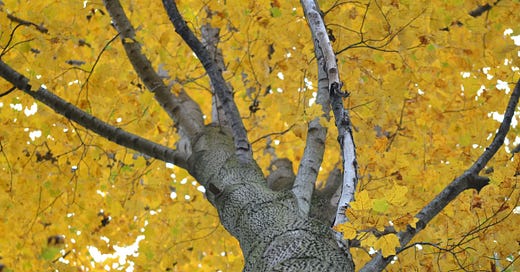



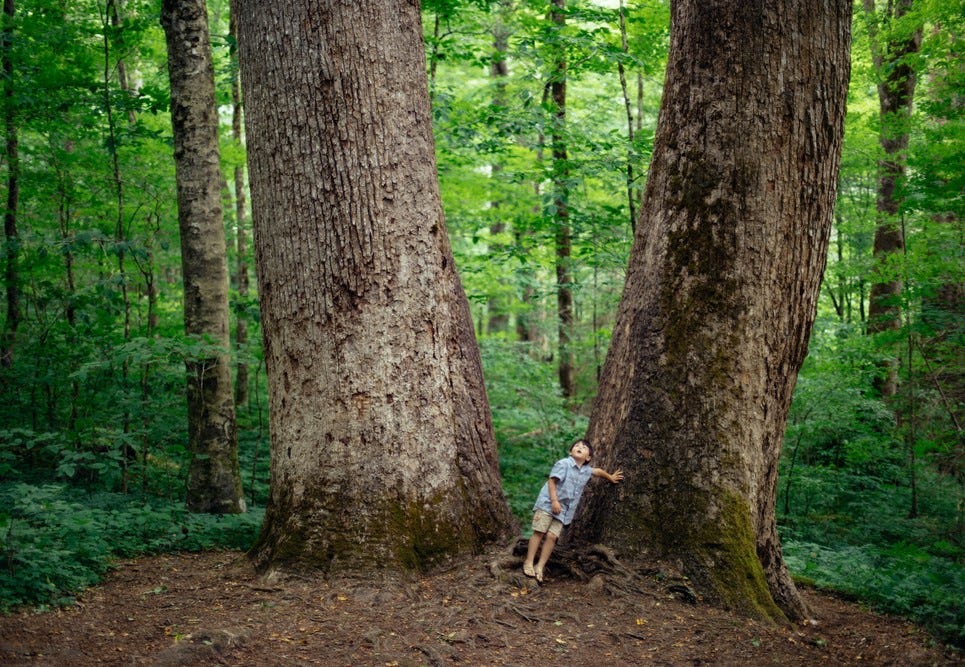

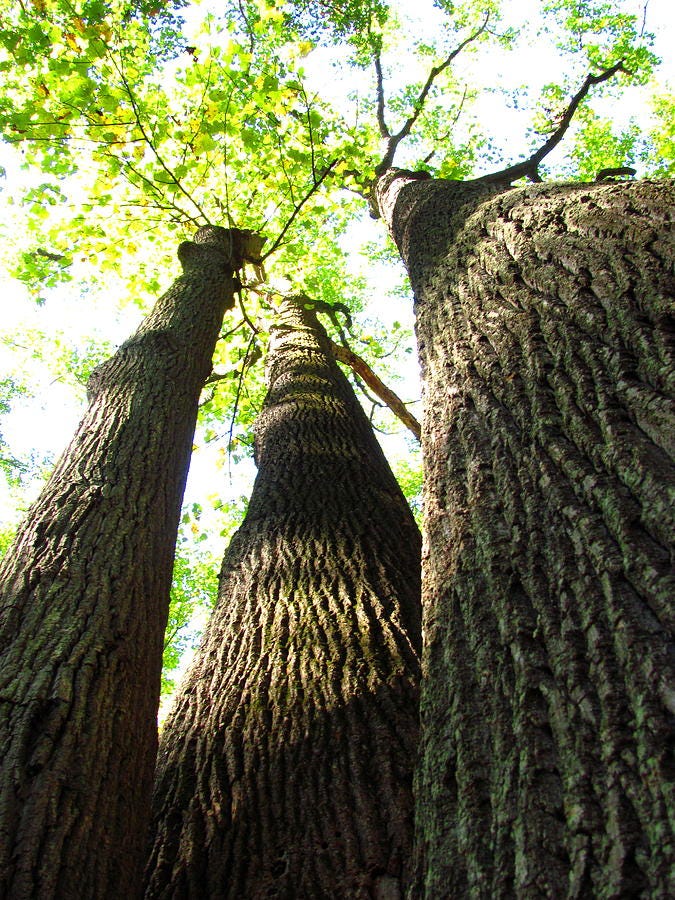
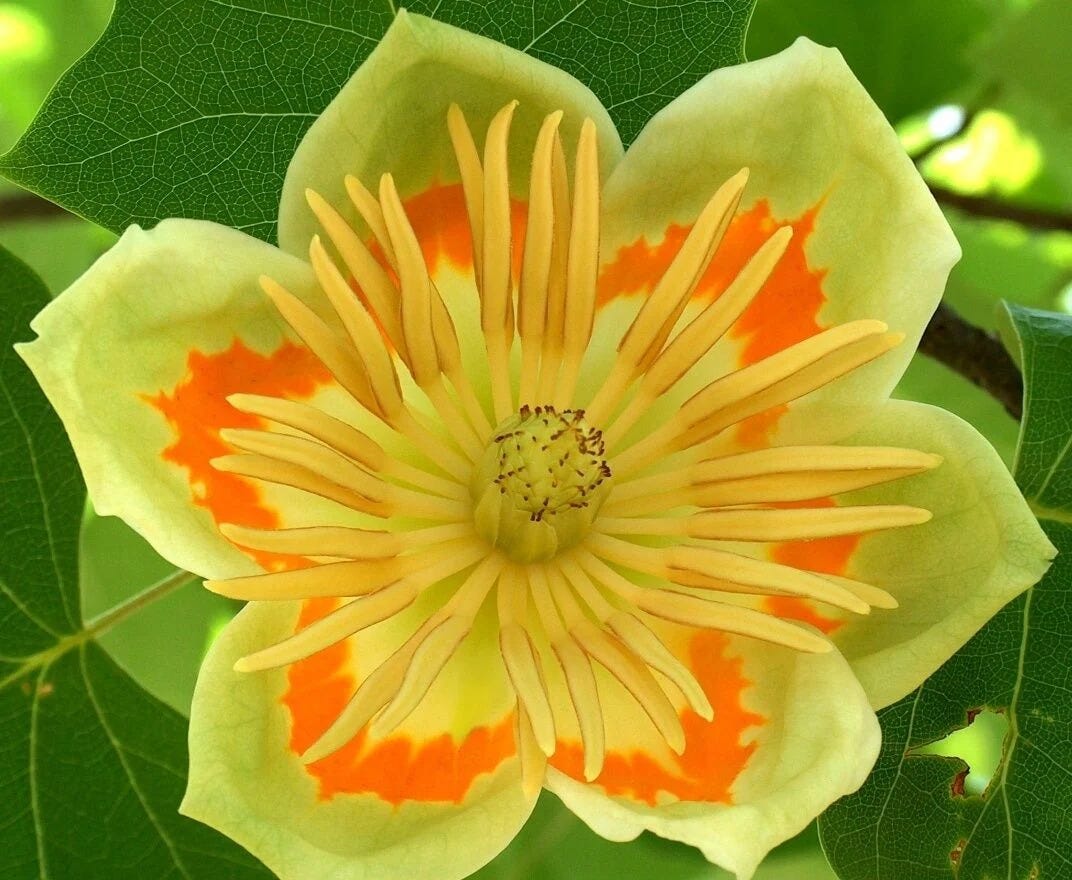






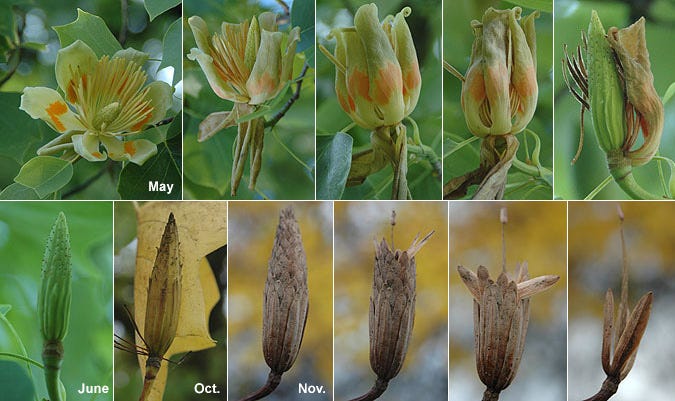
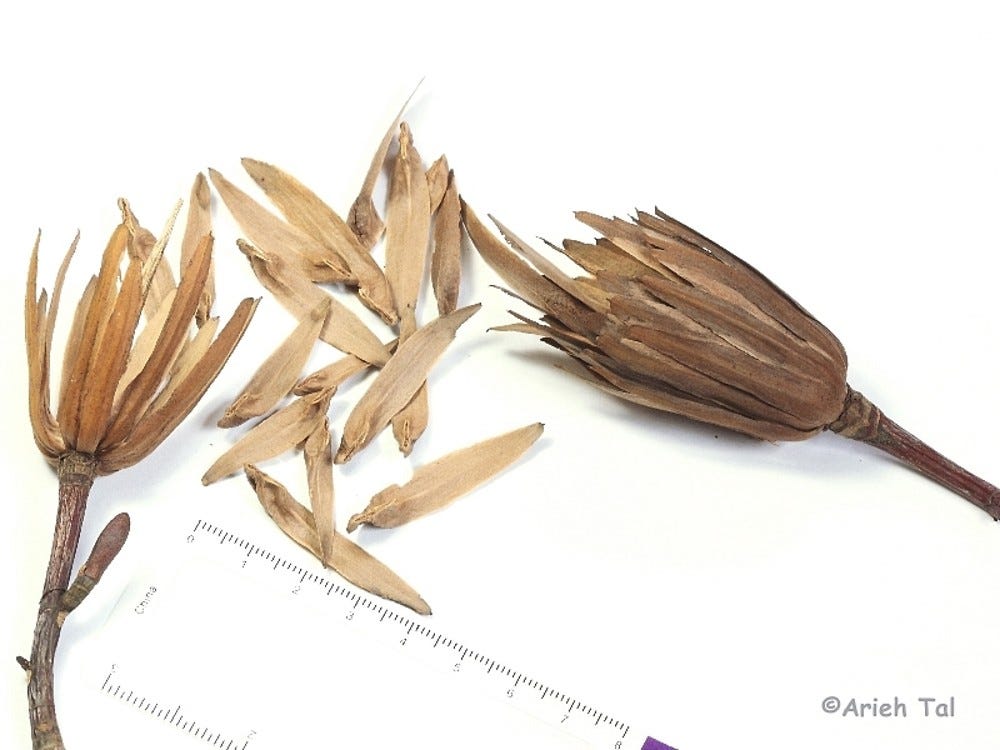
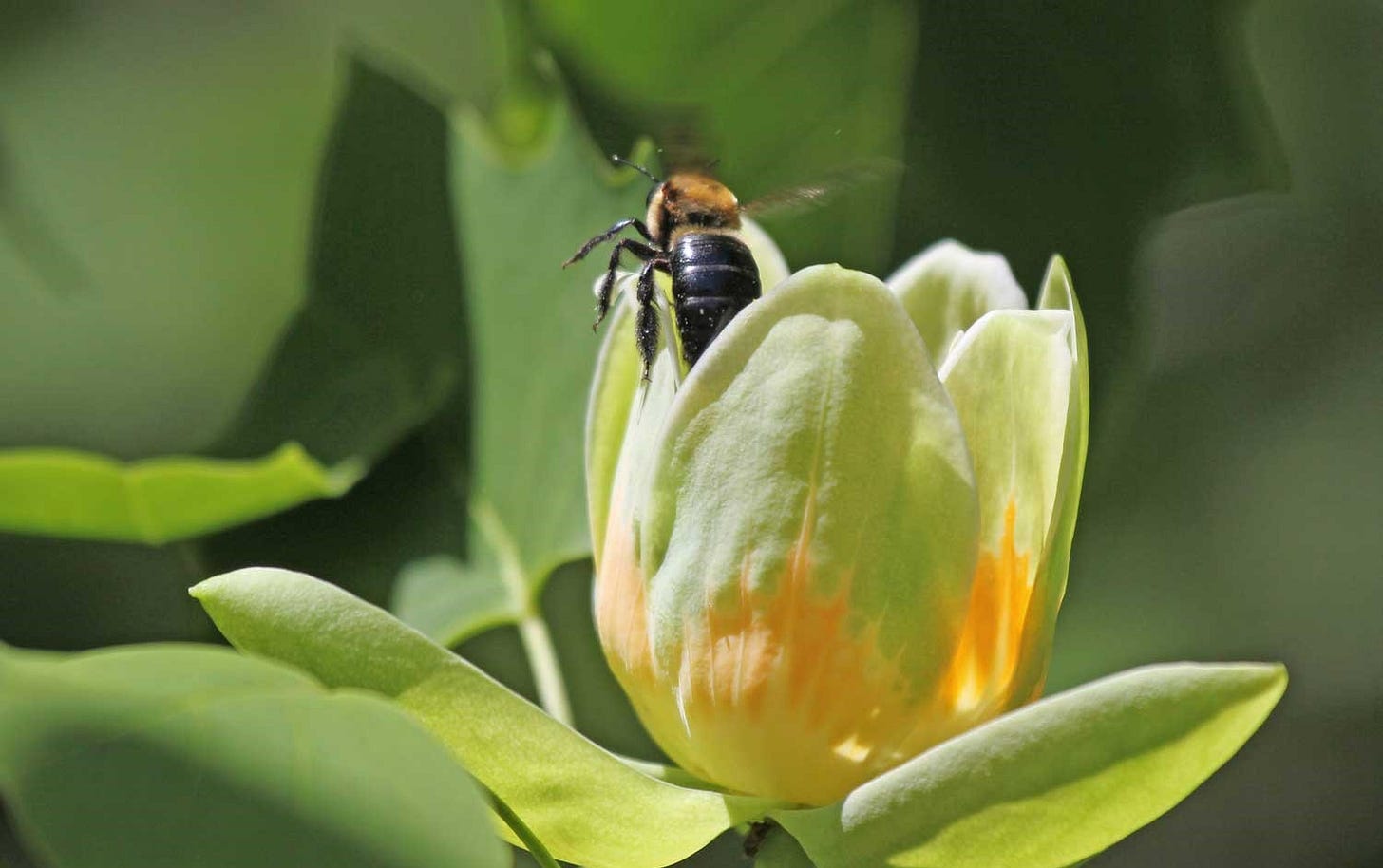
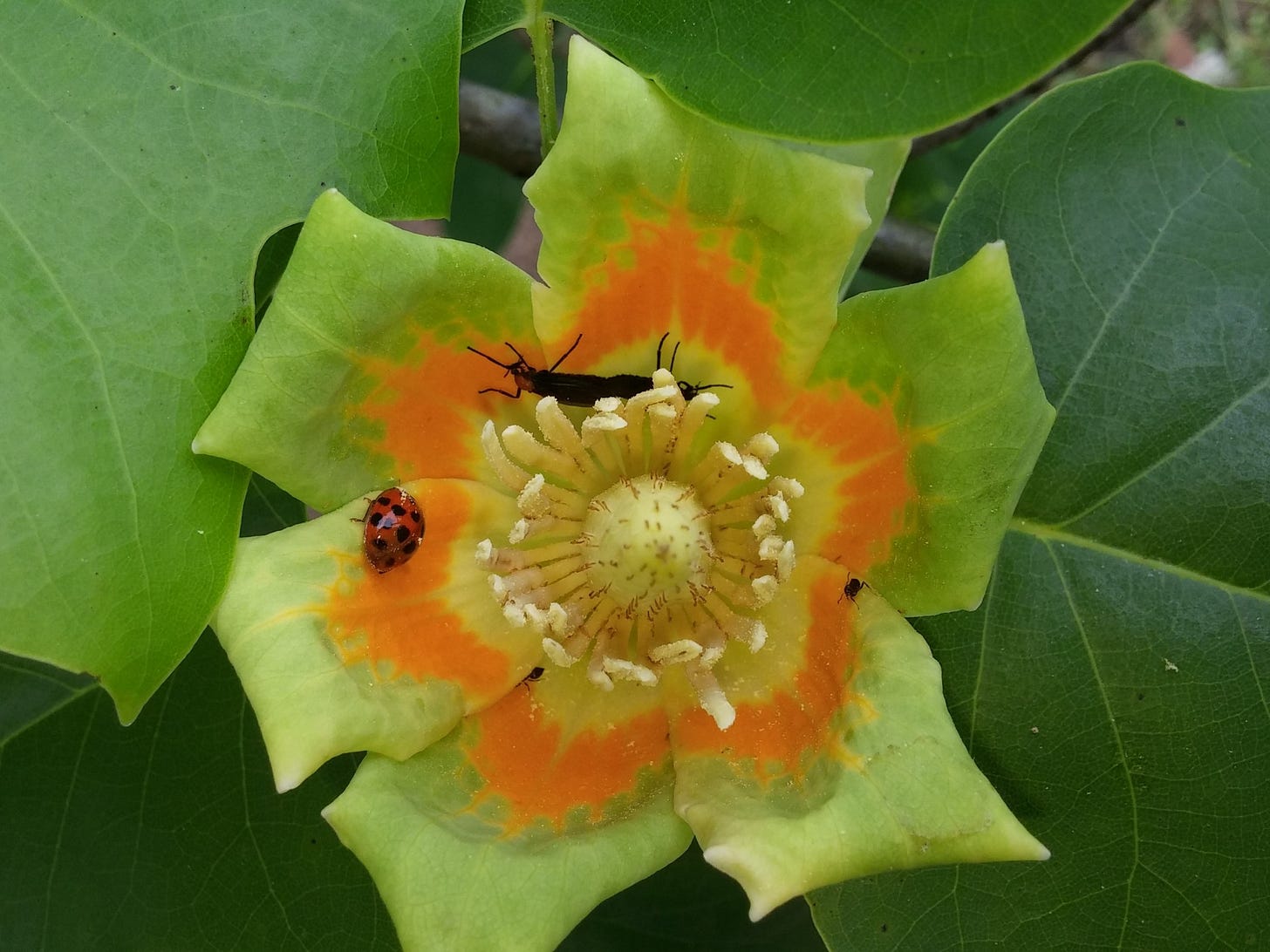
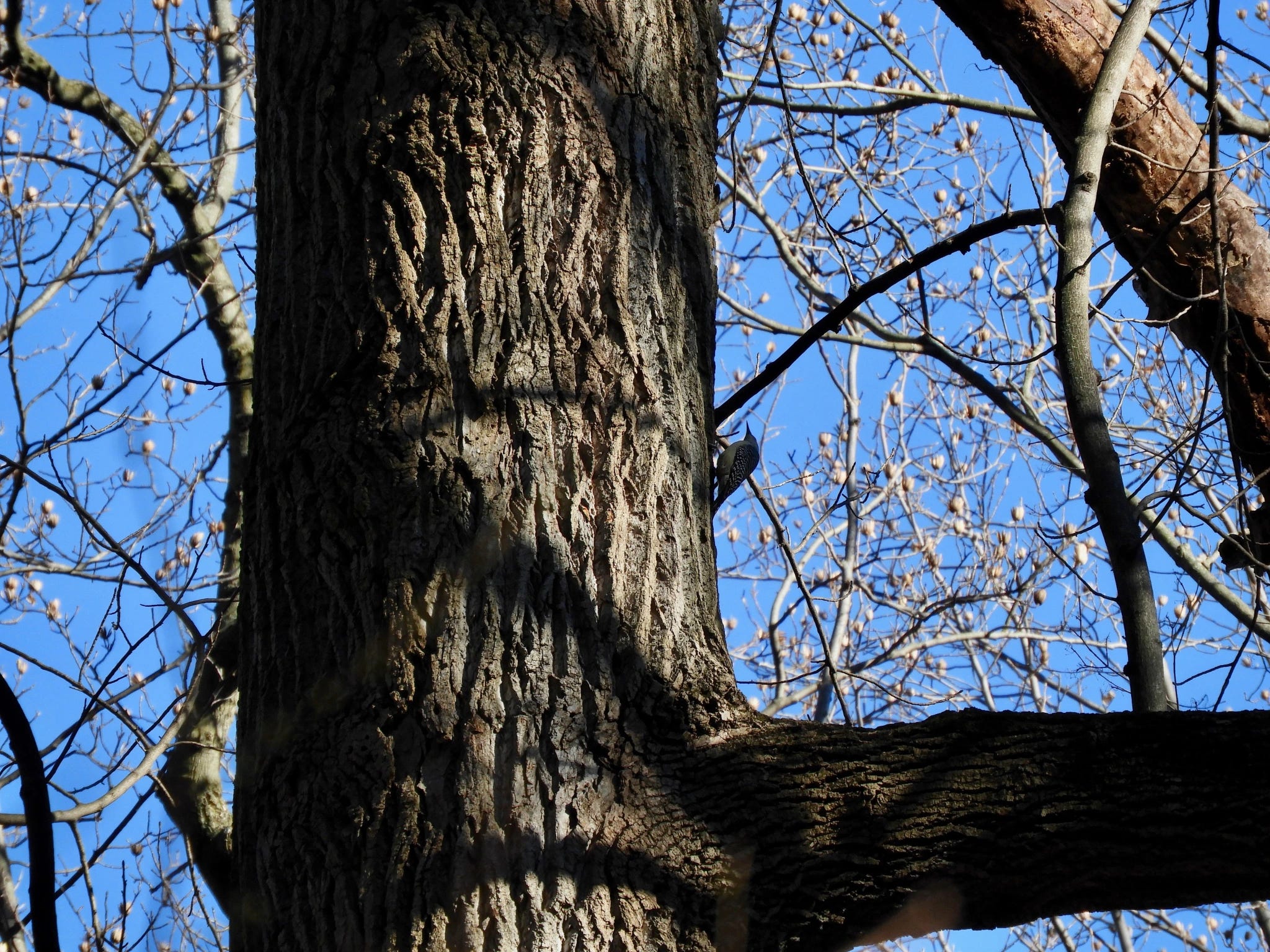

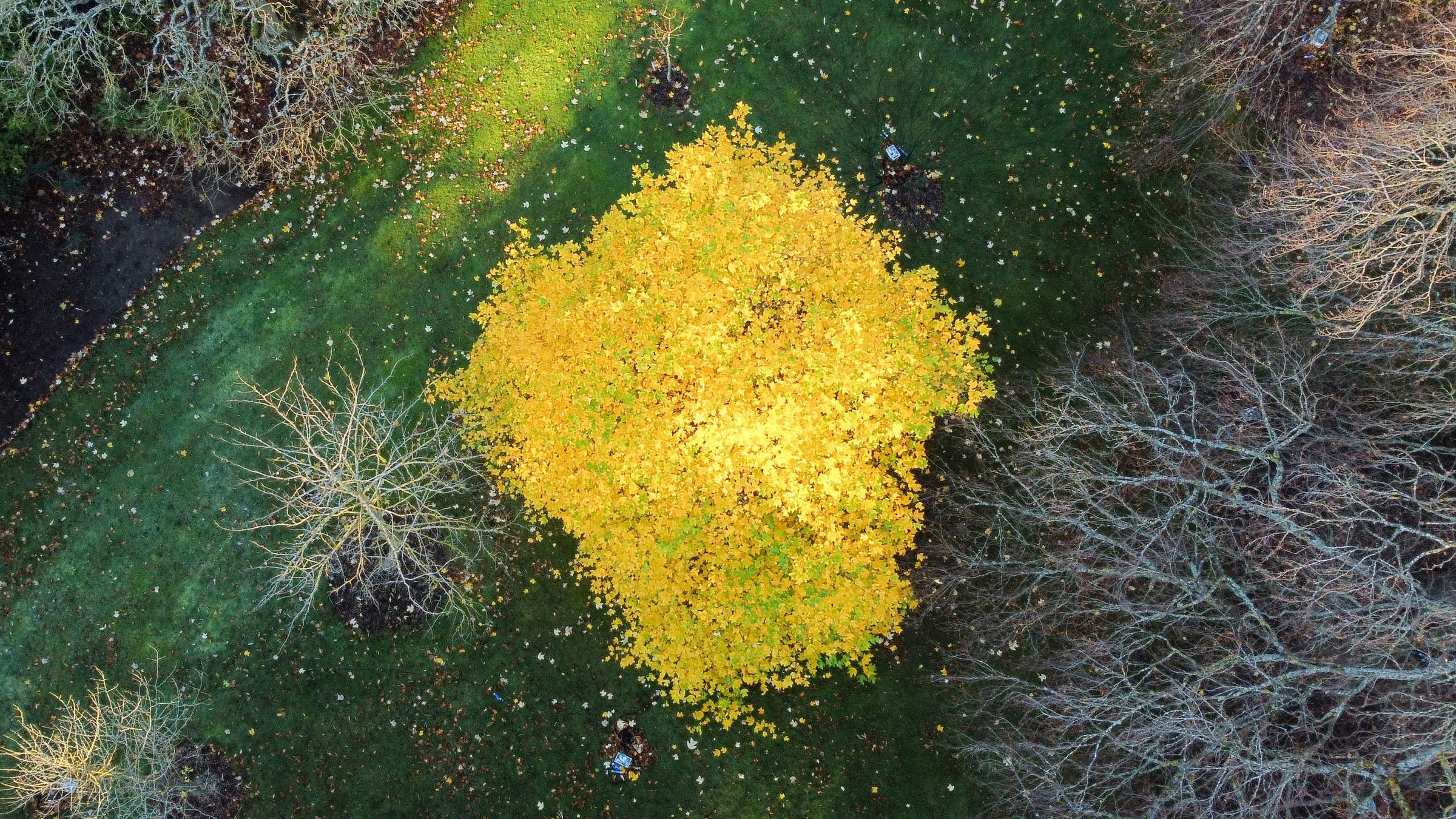
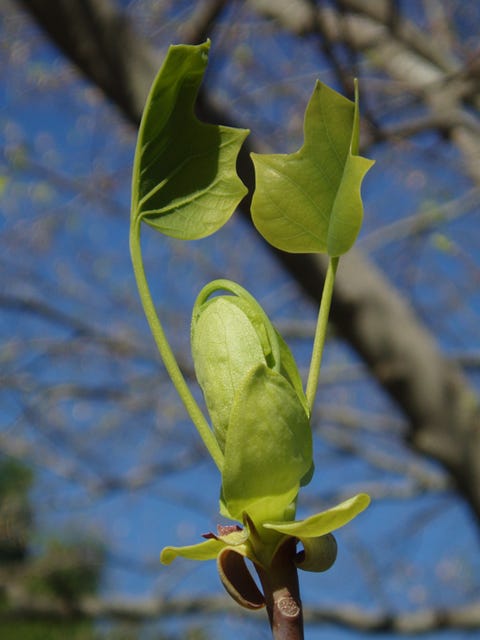
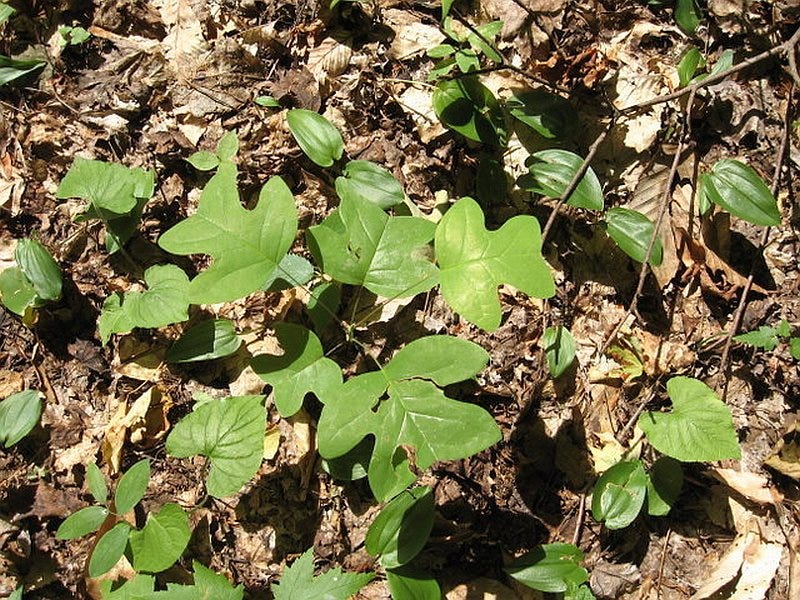




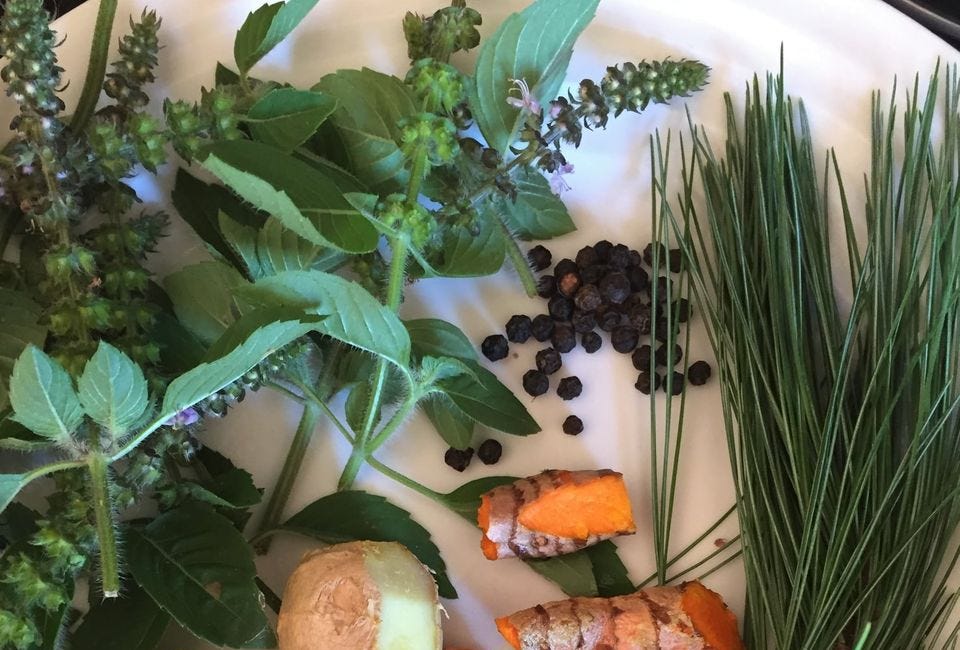
Leaves have a tulip shaped as well. My father cut me a bouquet of these flowers from the backyard of my childhood house. I just thought it was the neatest thing. Used to rake these bright yellow leaves into the shape of a happy face and then take a picture from my upstairs bedroom. Very special tree indeed.
They grow well in Devon - south west of England. Thanks for all the research and even more importantly for your regenerative work recreating beautiful and useful ecosystems 🙏🏼😊👌